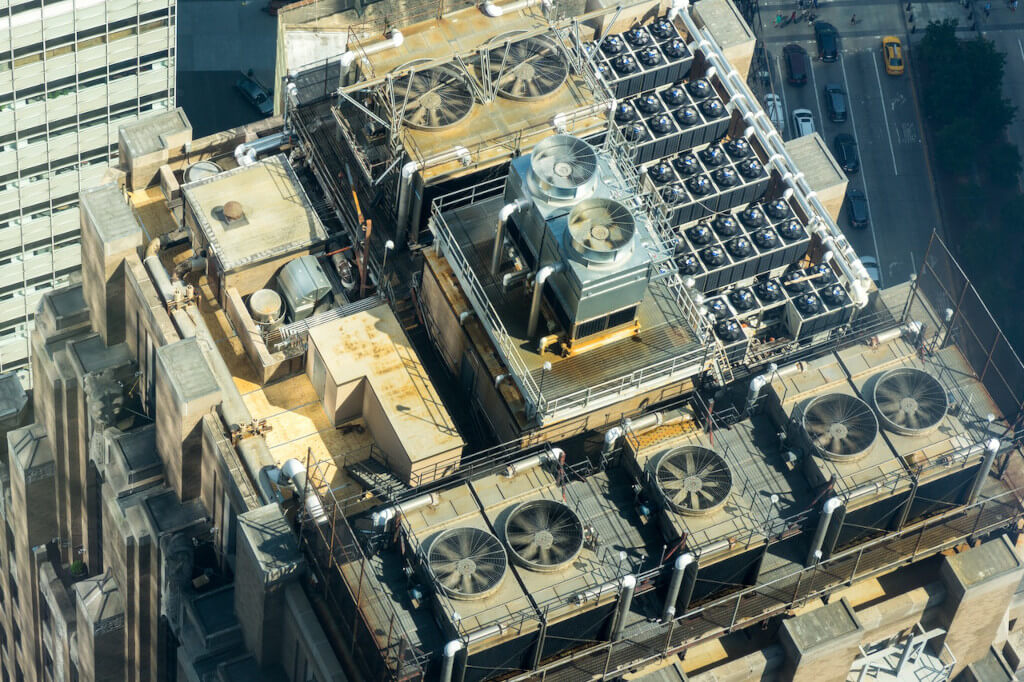The HVAC Industry Is Being Transformed by these Emerging Trends
The internet has had an impact on virtually every area of our lives. But how exactly does that impact the way we conduct our business?
For one thing, it paves the way for businesses to be more adaptable. All of this has been made possible by software, various online systems, and a level of interconnectivity that has never existed before. It is bringing about rapid change across all industries, including the commercial HVAC sector. If you are in the business of manufacturing HVAC devices or own a firm that offers heating and cooling services, such as GreeDirect, you may be curious to know how to stay abreast of the rapidly shifting industry landscape.
The Improvement of Control Through Connectivity and Data
Today’s methods of building construction are noticeably distinct from those of the past. There has been an uptick in the setup of smart meters, thermostats, and detectors in recent years as a result of the increasing number of construction companies and architectural firms that are developing with “green” principles in mind. In addition to being building owners that are able to regulate temperatures, they also have the ability to regulate humidity levels and the flow of air throughout the building.
They are carrying out all of this activity using either their desktop computer, tablet, or smartphone. How is it that this is even possible? by means of powerful software that is connected via Wi-Fi. Property owners, homeowners, management companies, and maintenance technicians can now control and monitor the environment of a building with ease thanks to technological advancements.
To take a step further, application-enabled HVAC systems collects information and compiles it into reports to detect usage patterns, system status, and historical performance. These reports can be utilized to notify preventive maintenance and recognise the cause of a problem when it occurs, allowing for repairs to be completed more quickly.
Technicians are able to quickly recognize parts, specs, source parts for maintenance, and scan a barcode to record activities related to maintenance and repairs when they use nameplates made of a durable material. Some newer, software-enabled HVAC systems are capable of performing their own diagnostics. This enables HVAC technicians to rapidly repair problems and reduces the amount of time the system is offline.
There is a Demand for Air Conditioners That Are Eco-Friendly
Today, environmental protection and sustainability are big business. Everybody is looking for ways to cut costs and save money (and the world). As a result, there has been a rise in the popularity of ecologically responsible heating, ventilation, and air conditioning (HVAC) systems, which make use of renewable energy sources like solar panels and wind turbines to cut down on operational expenses.
The utilization of geothermal cooling and heating systems is also increasing, which removes the requirement for electricity generated from the burning of fossil fuels. Instead, the energy needed to heat and cool buildings is generated by these heat pumps through the use of the ground and various water sources, such as ponds.
Some buildings use a combination of gas and solar energy, which enables the owners to smoothly transition between the two sources of energy to manage their monthly power bills. There are currently prototypes of air conditioners that are powered by thermal energy. A manufacturer in Australia, is working on the creation of chillers that run on gas and solar panels and are extremely effective in their use of energy. They have a low potential for malfunction due to the low number of moving parts they contain.
Implementation of Software-Based Automation to Enhance the Performance of Business Operations
The days of manually working your heating, ventilation, and air conditioning company are long gone. To improve their sales, customer support, and technical assistance, HVAC businesses use a wide variety of software platforms and applications to achieve this goal. The processes of billing, quoting, payments, tracking, and customer communication are all improved by other systems.
Some businesses are beginning to use online tools for managing projects, such as Trello and Google Suite, in order to generate checklists and delegate work to employees. For the purpose of streamlining task allocation and resource allocation, machinery, parts, and locations can be immediately identified when they are fitted with sturdy nameplates. Companies in the HVAC industry that enforce such tools are able to run more effectively because they can guarantee that their customers’ needs are met and that project accountability is preserved.
Innovations for “Smart” HVAC Systems, Developed for Automated systems
Because it is more readily available and a lot more intelligent, technology is at the frontline of many trends in HVAC. The latest HVAC designs, which can now be implemented by contractors, come with sensors that can “talk” to one another. This indicates that the various systems in the building are able to communicate with one another. For instance, occupancy sensors are in charge of regulating not only the lighting but also the humidity and temperature levels inside.
These systems are also able to monitor the weather conditions outside, including the temperature, the humidity, the brightness, and the sun’s position. If a portion of a building, for example, is not exposed to direct sunlight, then the HVAC system will need to provide less air conditioning during the summer months and more heat during the colder months. If you have smart blinds fitted, the system can automatically open and close the blinds depending on where the sun is located in the sky. Building automated systems, also known as BAS, are becoming increasingly popular due to the energy-saving potential and simplicity of these systems.
The Transition to Ductless HVAC Systems
The installation of air conditioning in older buildings is nearly impossible, particularly in situations where there is insufficient room for ductwork to be placed. Consumers may find the cost of these updates somewhat pricey, particularly if the building in question has sufficient space. Using ductless heating and cooling units is a workaround that can be used on either end.
It is not necessary to install ductwork in order to set up these space-saving units, so they can be installed practically anywhere. Ductless heating, ventilation, and air conditioning (HVAC) units are the optimal solution for contemporary facilities that struggle with air leaks caused by holes and shortfalls in the ductwork. They have the option of going with ductless HVAC systems instead of shelling out the money for more expensive replacement parts.
The Demand for Environmentally Friendly HVAC Systems is Being Fueled by Technological Advancements
Not only home users are experiencing the stress of rising energy costs; commercial customers are as well. In every season, heating and cooling costs for office buildings must be spread across a larger area. In addition, homeowners aren’t the only ones looking for methods for lowering the amount of carbon dioxide emissions they produce. There has been a recent uptick in the number of businesses recognizing the financial and public relations benefits of adopting environmentally friendly practices.
Technology is providing solutions to the problems posed by the requirements for energy efficiency posed by your consumers. You can safeguard the future of your company, increase the number of customers you have, and keep them as clients for the long term if you integrate invention into your corporate strategy.

